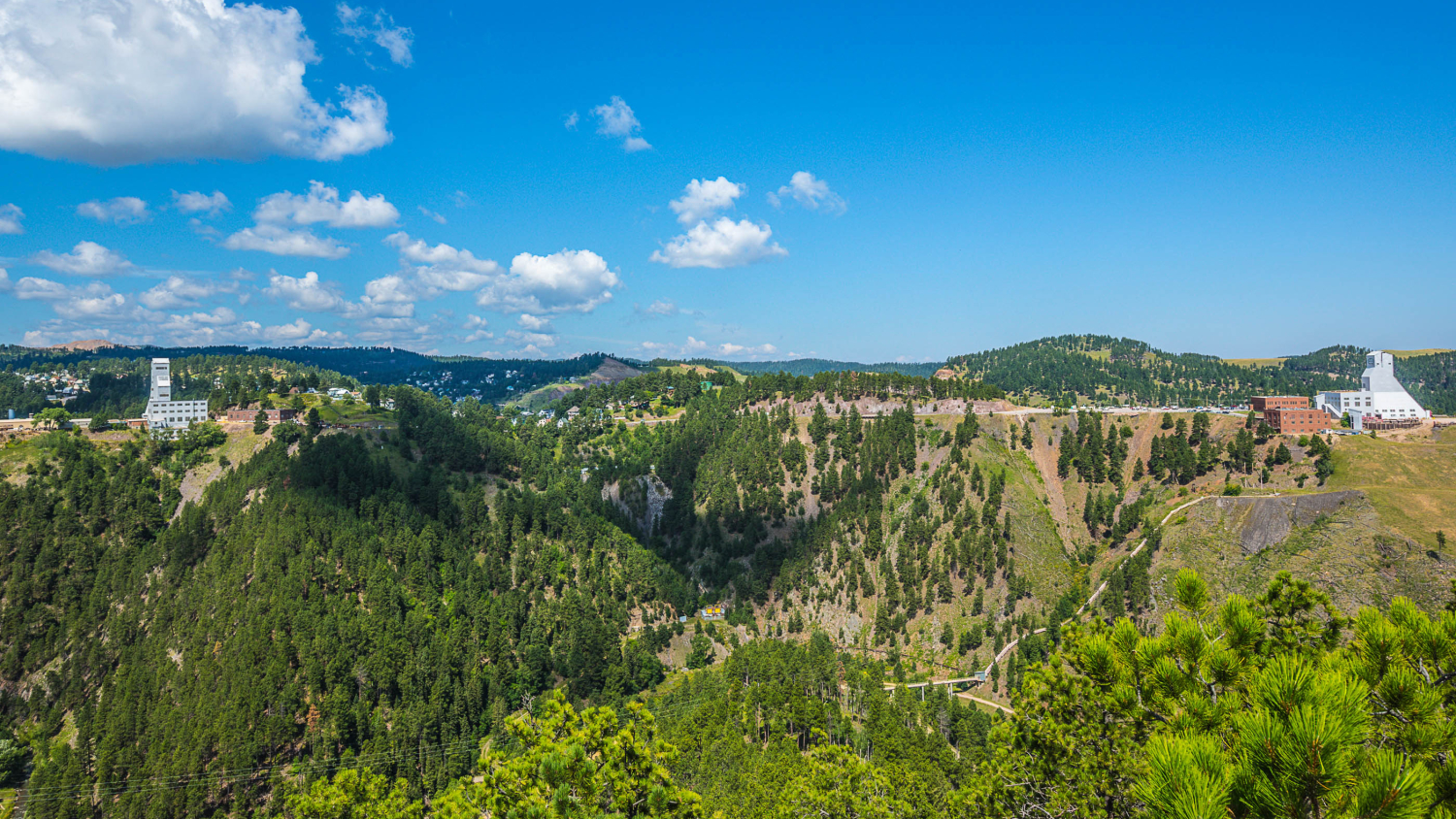Experiment Seeks to Determine Why Matter Outnumbers Anti-matter In The Universe

Matthew Green is an assistant professor of physics at NC State. He is part of a multi-institutional research project that is housed deep within a mountain in South Dakota. The project is aimed at detecting a process called neutrinoless double-beta decay, which could be key to explaining why there is more matter than anti-matter in the universe. The group has published its latest findings in Physical Review Letters. Green agreed to a Q&A with The Abstract on the project and its results so far.
Abstract: What is the Majorana Demonstrator, and what are you looking for?
Green: The Majorana Demonstrator is one of the most sensitive radiation detectors ever constructed; it looks for an ultra-rare form of nuclear decay that has yet to be observed. This process, called neutrinoless double-beta decay, has been predicted to occur if neutrinos, subatomic elementary particles that permeate our universe, are their own antiparticles, a property that would set them apart from the other basic building blocks of matter, help to explain their unusual properties, and may even explain why we live in a universe that has so much matter in it and so little anti-matter. We look for this decay in a specific isotope of germanium, germanium-76. Germanium is a semi-conductor, and germanium detectors are some of the best radiation detectors available. We’ve constructed germanium detectors from material that is enriched in germanium-76; our germanium serves as both the source of the decay and the detector of the decay’s radiation.
Abstract: Why does the experiment need to be housed a mile under a mountain?
Green: Our planet is under constant bombardment from high-energy particles from space called cosmic rays. While we never notice them in our day-to-day lives, a sensitive radiation detector like the Majorana Demonstrator would be completely overwhelmed by them and prevent us from being able to find the extremely rare process that we’re looking for. We operate the demonstrator in a former gold mine in South Dakota, nearly a mile underground so that we can place a mile of rock between our experiment and the cosmic rays at the Earth’s surface. It’s much easier than constructing a building with a mile-thick roof!
Abstract: Why is it important to shield the detector from background radioactivity?
Green: Everything around us contains trace amounts of radioactive materials. The Earth’s crust contains uranium and thorium isotopes which are still mostly present from when the Earth was formed, and every so often these isotopes decay and produce radiation. Again, we typically never notice these things, and the amounts in which we encounter them in our day-to-day lives are completely harmless to people. When looking for an extremely rare nuclear decay process like neutrinoless double-beta decay, however, we would be overwhelmed by the natural radioactivity in the materials we used to construct the detector itself if we weren’t very careful. We produce our own ultra-pure copper in a chemistry lab underground to ensure that it doesn’t contain radioactive impurities. We carefully select insulating materials for their radio-purity, and we test everything before considering it for use in the detector. Then we surround the detector with low-radioactivity shielding materials: low-background copper and approximately 70 tons of lead bricks to shield the experiment from the radioactivity present in the room.
Abstract: What is neutrinoless double-beta decay, and what can it tell us about the universe?
Green: One of the big mysteries of neutrino physics is why the masses of neutrinos are so small compared to the other matter particles of the Standard Model of Particle Physics: the quarks, electrons, and the electrons’ heavier cousins muons and tau particles. Of these, neutrinos are the only matter particles which are capable of being their own anti-particles. It’s easy to distinguish a particle with an electric charge from its anti-particle: The anti-particle has opposite electric charge. For neutrinos, which are electrically neutral, the picture is less clear. If neutrinos are their own antiparticles, a different mechanism could be generating their masses, and that would go a long way toward explaining why neutrinos are so light.
Abstract: What have you found so far, and what are the next steps?
Green: We haven’t observed neutrinoless double-beta decay yet, but we have constructed an experiment as low-background as we predicted it would be. There are good physics motivations for building an experiment about 40 times larger than the Demonstrator, and we have teamed up with international collaborators to begin designing LEGEND, a neutrinoless double-beta decay experiment that will look for this process in a ton of germanium material.
This post was originally published in NC State News.